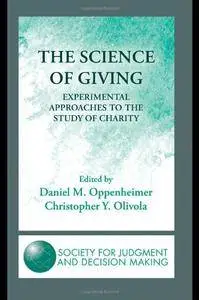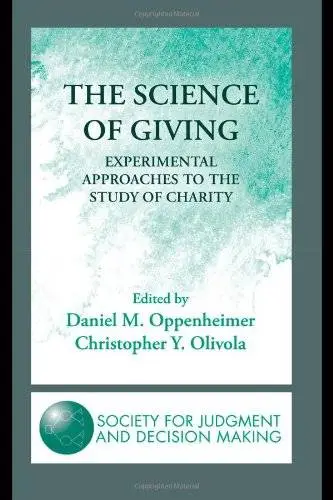English | 2010 | ISBN: 1848728859 | 274 Pages | EPUB | 640.60 KB
Americans donate over 300 billion dollars a year to charity, but the psychological factors that govern whether to give, and how much to give, are still not well understood. Our understanding of charitable giving is based primarily upon the intuitions of fundraisers or correlational data which cannot establish causal relationships. By contrast, the chapters in this book study charity using experimental methods in which the variables of interest are experimentally manipulated. As a result, it becomes possible to identify the causal factors that underlie giving, and to design effective intervention programs that can help increase the likelihood and amount that people contribute to a cause.
For charitable organizations, this book examines the efficacy of fundraising strategies commonly used by nonprofits and makes concrete recommendations about how to make capital campaigns more efficient and effective. Moreover, a number of novel factors that influence giving are identified and explored, opening the door to exciting new avenues in fundraising.
For researchers, this book breaks novel theoretical ground in our understanding of how charitable decisions are made. While the chapters focus on applications to charity, the emotional, social, and cognitive mechanisms explored herein all have more general implications for the study of psychology and behavioral economics.
This book highlights some of the most intriguing, surprising, and enlightening experimental studies on the topic of donation behavior, opening up exciting pathways to cross-cutting the divide between theory and practice.



